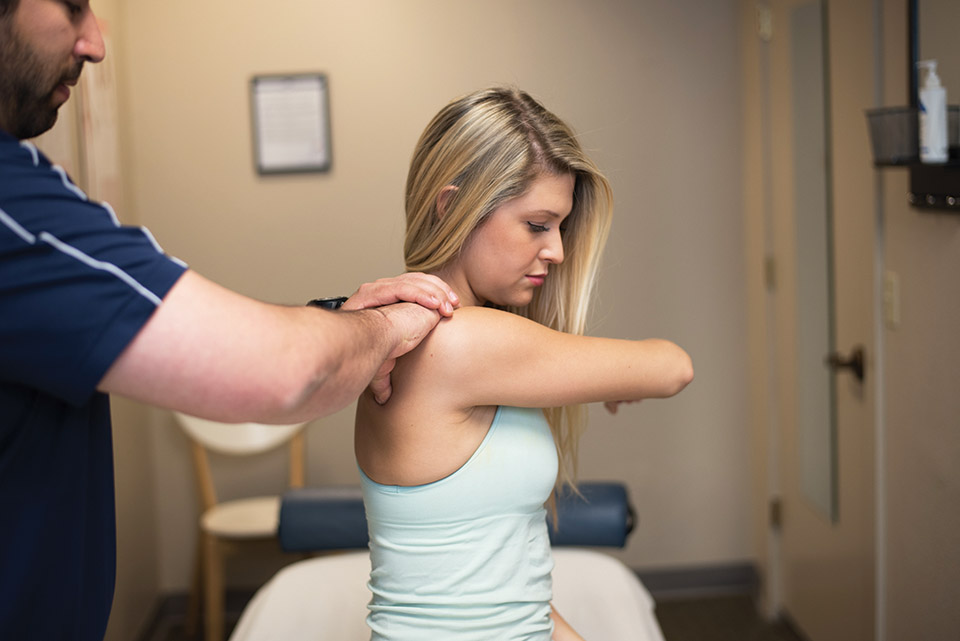Painless Travel

We’re cautious to prevent injury when exercising or competing, but seldom do we consider it during travel. With the immense growth Austin has seen, a regular daily commute can sometimes turn into an hour of sitting in your car while you slowly roll along to your destination. Vehicle seats are typically built to provide comfort. However, it may be surprising (and ironic) to hear that they aren’t built to sustain proper ergonomics, which consequently leads to injury or pain. This is the same type of issue you may deal with while sitting at your desk all day, working away at your computer. Even when you sit all the way back in your seat, increase the lumbar support, put the backrest upright and elevate the seat as much as possible, it is still not in the optimal position for proper sitting mechanics.
Vehicle seats have an angle of less than 90 degrees. With this amount of hip flexion, the hip flexors can then get tight and create a forward pull of the lumbar spine. This will cause it to overwork and then create low back pain by making the low back muscles overwork. This is referred to as lower cross syndrome.
The same can occur in the upper back, which is termed upper cross syndrome. When the anterior muscles of the shoulder girdle get tight, the shoulders then round forward and the head begins to shift forward.
This creates a lengthening of the muscles of the posterior shoulder girdle and the upper back that causes that daily discomfort we so commonly attribute to stress. For every inch our head is anteriorly off center, there is an increase of 10 pounds of force on the posterior neck muscles.
It is also important to make sure that you are seated in the center of the seat. Leaning left or right can create compression of the musculature in the glute region and cause compression of the sciatic nerve, which can lead to piriformis syndrome. The best way to prevent irritation in the sciatic nerve is to reduce leaning left or right while sitting and to break up sitting time while traveling. I usually advise against sitting longer than an hour while traveling. Although it’ll make the trip longer, it will pay off in the long run when you aren’t having to see me in my office for any of these injuries.
.jpg)
Travel Tools
I have a couple of travel tools and exercises that I always recommend to patients who are trying to prevent these conditions from happening or are trying to correct these injuries they have already acquired. My go-to travel tools are the Trigger Point MB1 and Grid.
The MB1 is a great massage ball that can be used to isolate specific areas like the piriformis or pectoralis muscles and doesn’t take up much storage space.
The Grid is more general but better for the bigger muscle groups. It is bigger but its hollow design makes it easy to stuff with clothing or put a strap through from one of your travel bags.
Chin retractions, wall angels and good mornings are my exercises of choice to start with while trying to create the ability to maintain proper sitting mechanics.






